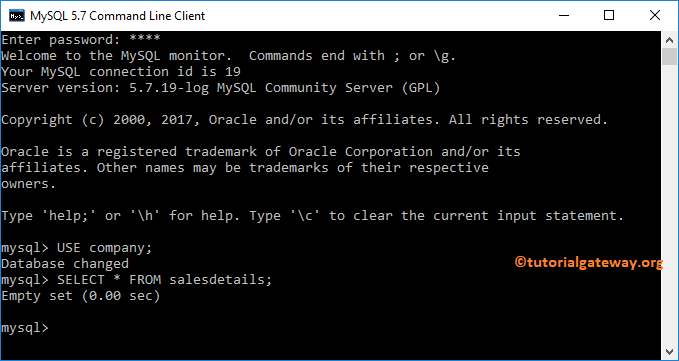
The syntax is: INSERT INTO table2 (column1, column2, column3.

The INSERT INTO SELECT statement combines INSERT INTO and SELECT statements and you can use any conditions you want. This is only a copy of data and it doesn’t affect the origin table. You can insert records in a table using data that are already stored in the database. You can even use Insert Into in a Select Statement.

Note that the entire original query remains intact - we simple add on data rows enclosed by parentheses and separated by commas. For example: INSERT INTO Person(Id, Name, DateOfBirth, Gender) Some SQL versions (for example, MySQL) support inserting multiple rows at once. Here’s an example inserting a record in the table Person in both ways: INSERT INTO PersonĪnd INSERT INTO Person(Id, Name, DateOfBirth, Gender) The other way is inserting values to all columns in the table, it is not necessary to specify the columns names. The syntax is: INSERT INTO table_name (column1, column2, column3. You can do it in two ways, if you want to insert values only in some columns, you have to list their names including all mandatory columns. To insert a record in a table you use the INSERT INTO statement.
#If statement mysql insert sql how to
NameAgeAndrew23John28 How to use Insert Into in SQL INSERT INTO table_name VALUES ("John", 28) INSERT INTO example_table (column1,column2) VALUES ("Andrew",23)Įven the following will work, but it’s always a good practice to specify which data is going into which column. Now to add some data to this table, we’ll use INSERT in the following way: Let’s say we have created a table usingĬREATE TABLE example_table ( name varchar(255), age int) Insert queries are a way to insert data into a table. I would take a few steps back, and reconsider the proposed design.This article will walk you through how to use both Insert and Insert Into statements in SQL.

Looking at the question being asked, I think there is more going on here. Looking at the question, I can't help but wonder if this need to conditionally rollback a transaction is a symptom of a more encompassing design issue. Or are we only concerned that the 'Cash' value only occurs once. I'm wondering if job_type_name be UNIQUE in the job_type table. LIMIT 1, or we could add some additional criteria that would guarantee the return of a single value. We could take the lowest or highest value, use a MIN() or MAX() aggregate, or add an ORDER BY. I see why it would cause a problem for the INSERT statement shown in the question, the SELECT query returning more than one row is going to throw an error in the context it's in.īut there are fixes for that. I'm wondering why it's a problem that there are two or more rows with the value of 'Cash' for job_type_name. Personally, I would approach the design a little differently. Or, you could setup a CONTINUE handler to handle a particular exception.īut the question doesn't specifically mention that this is in the context of a MySQL stored program. In the context of a MySQL stored program (for example, a PROCEDURE), you could execute a SELECT COUNT() INTO var and then use an IF THEN ELSE block to test the value of the variable. And avoiding the unnecessary overhead, parsing the statement, obtaining locks, writing to the log, generating rollback, wasting an AUTO_INCREMENT, etc. then we could avoid performing an INSERT in the first place. If we can determine ahead of time, before we ever issue an INSERT statement, that we would want to ROLLBACK the transaction. Or, the same steps could be performed in a client program, issuing separate SQL statements for the SELECT query, and the ROLLBACK. We could demonstrate how to do those steps in a MySQL stored program but the question doesn't specifically mention using a procedure. We would need to run a separate query that returns a result, retrieve the result, and then use that result in a comparison in an if/else, and issue a separate SQL ROLLBACK statement. That can not be done in the context of a single SQL statement.

To answer the question you asked, about conditionally issuing a ROLLBACK statement:


 0 kommentar(er)
0 kommentar(er)
